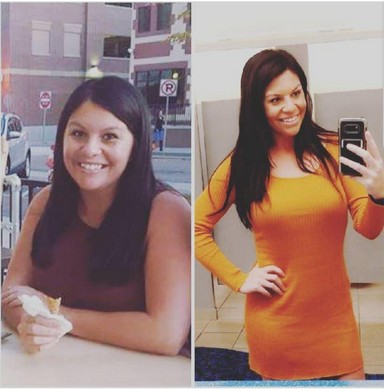The body mass index (BMI) is a measure that uses your height and weight to work out if your weight (balance) is Healthy.
The BMI calculation divides an adult's weight in kilograms by their height in metres squared. For example, A BMI of 20 means 20kg/m2.
BMI ranges.
For most adults, a correct and ideal BMI is in the 18.5 to 24.9 range.
For children and young people aged between 2 and 18, the BMI calculation takes into account age and gender as well as height and weight.
If your BMI is:
below 18.5 – you're in the underweight range
between 18.5 and 24.9 – you're in the healthy weight range
between 25 and 29.9 – you're in the overweight range
between 30 and 39.9 – you're in the obese range
FOR MORE DETAILED MEDICAL INFORMATIONS, CLICK HERE
Accuracy of BMI
BMI takes into account natural variations in body shape, giving a healthy weight range for a particular height.
As well as measuring your BMI, healthcare professionals may take other factors into account when assessing if you're a healthy weight.
Muscle is very much denser than fat, so very muscular people, such as heavyweight boxers, weight trainers and athletes, may be a healthy weight even though their BMI is classed as obese.
Your ethnic group can also affect your risk of some health conditions.
You should not use BMI as a measure if you're pregnant. - Get advice from your midwife or GP if you're concerned about your weight -
Tips of the day
Eating a high protein meal at the end of the day, will ensure your body does not store carbs as fats.
Diet
Eating healthy but without exercise means you’re missing out on a big piece of the fitness puzzle.
By the same token, working out isn’t nearly as effective if the right foods aren’t a part of our diet. Let’s examine why diet is such a crucial part of any fitness regimen, and learn how to effectively combine both into a healthy diet and fitness routine.
Fuel the Muscles
When breaking down muscles into separate components, we end up with 25% protein and 75% water, and the rest would be carbohydrates in the form of glycogen.
Clearly, staying hydrated is crucial for health, but if enough protein is not consumed, it is very difficult for the body to build new muscle tissue, no matter what. Fueling the muscles every day with foods that contain protein like almonds, lean meats, and spirulina is the best way to get results.
Stay Away From Processed Fats
Processed fats like the trans fat found in hydrogenated oils clog up the vascular system, making it difficult for the heart to pump enough oxygen-rich blood into muscles when working out.
They also increase the risk of heart disease. Avoid them whenever possible.
Good Fat to the Rescue
Can fat actually be healthy? Absolutely. It’s a crucial source of energy, and our bodies need it to build cells and to keep the muscles moving smoothly. The key is to opt for healthy monounsaturated fats such as those found in olive oil, avocados, and nuts, and the omega-3-rich polyunsaturated fats found in salmon flax, and canola oil.
Are Carbs Really Evil?
Some people avoid carbohydrates at all costs, but it should really be about being more selective about the carbs consumed. Snack foods like cookies and cakes are generally made with low-fiber refined grains and are full of added sugar.
The body digests both rather quickly, and the result is a sudden burst of energy, followed by a sugar crash. In contrast, fruits, vegetables, beans, and whole grain breads have what you might call “slow carbs,” because the body has to work harder to absorb them due to their high fiber content. Slow carb absorption makes for the sort of long-lasting energy boost that you need to keep your endurance up at the gym.
Diet and Exercise: a Winning Combination
A healthy diet and a rigorous exercise routine are the perfect combination to help us look and feel our best.
Combining the two of these is the best way to get in shape and feel always great.
(*) Regarding the legislation on the matter, our portal cannot replace a medical indication.
The information contained on this web-portal, including but not limited to text, graphics, images or other material is for educational purposes only. The content is not intended in anyway as a substitute for professional advice, diagnosis or treatment.
Always consult your trusted doctor first before making any choice.
Our site was created to help our courteous visitors with the Best of our ability on the Health matters.


















